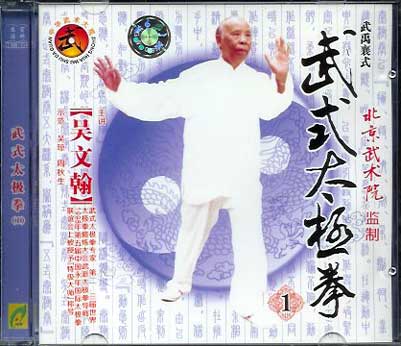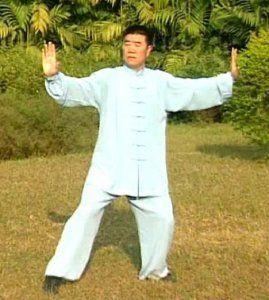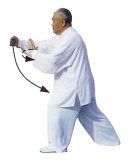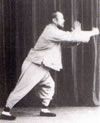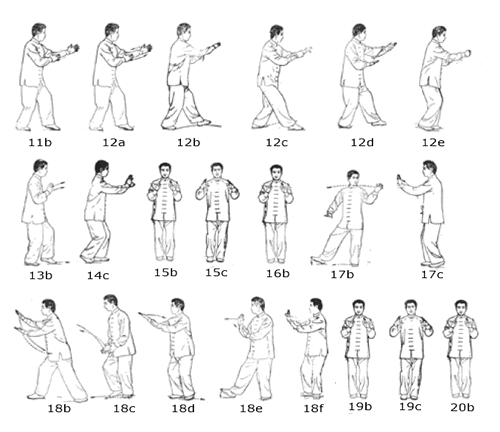Xue Sheng
All weight is underside
I don't want to call the Beginners Class "Fluff" but it somewhat is because many times it's being taught by someone who knows the sequence of the movements and not much else, but this is only for 3-4 months.
I can't tell you how much I wish you never said this.
A beginners class is the root, the basic the beginning of the training of taiji and IF it is not taken seriously all you get is a bunch of students with bad habits and bad taiji that IF they are to advance they need a WHOLE lot more work to correct the mistakes of an inadequate teacher that views the training of beginners as not that important.
Like with Xingyiquan and Santi Shi (which the TTCS does not emphasize either) it is the root of the root and without that base you have nothing
Those students now have years of training ahead of them to make those movements their own, guided by much more proficient instructors who had to go through a lot more to become a continuing instructor.
Too late, they were taught bad form already and NOW it is going to take a whole lot of unnecessary time and effort on the part of the student and the teacher to correct it. But if the training of beginners is viewed as "Fluff" by the more advanced in the TTCS then it is likely the majority of their bad habits that they picked up from their previous bad training that was not taken seriously in the first place by those responsible for their training will be taken equally as lightly from that point on.
If the training of beginners is seen as "Fluff" by those more advance in the TTCS I have to say I am highly unimpressed by the TTCS and before this I have been trying very hard to look at this without bias and give the TTCS the benefit of the doubt.




